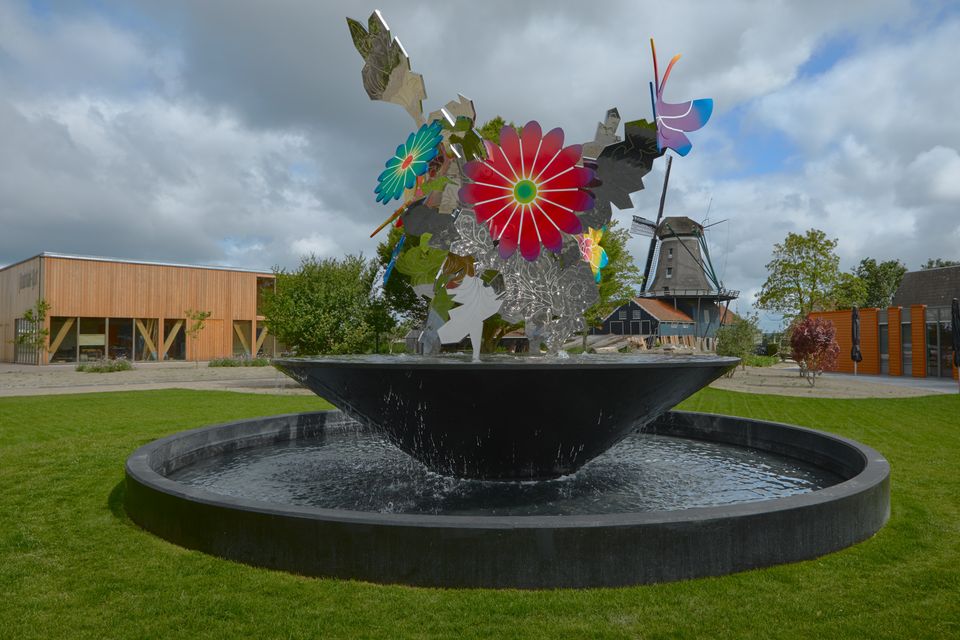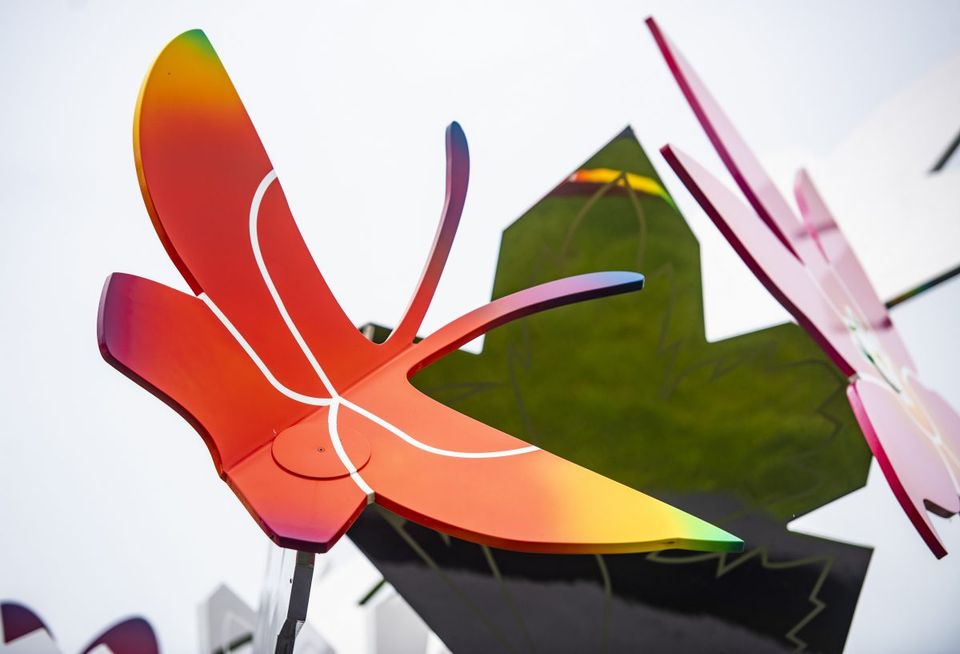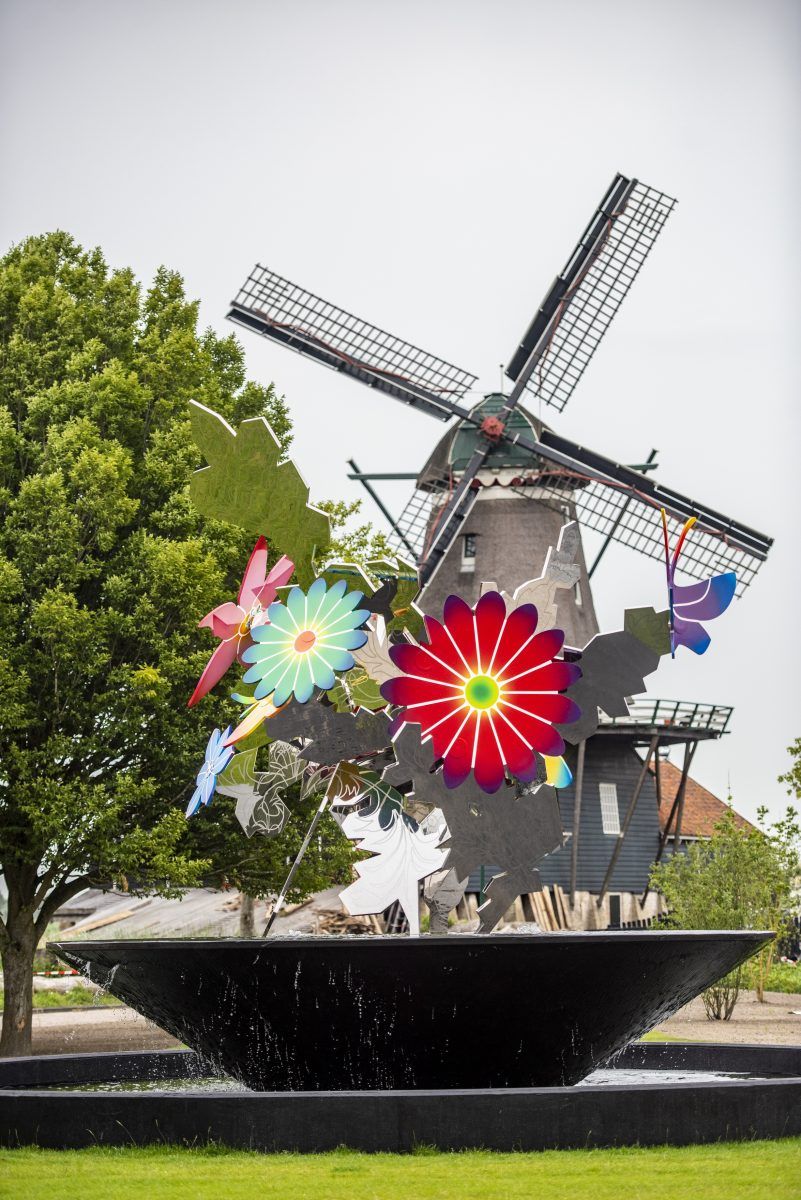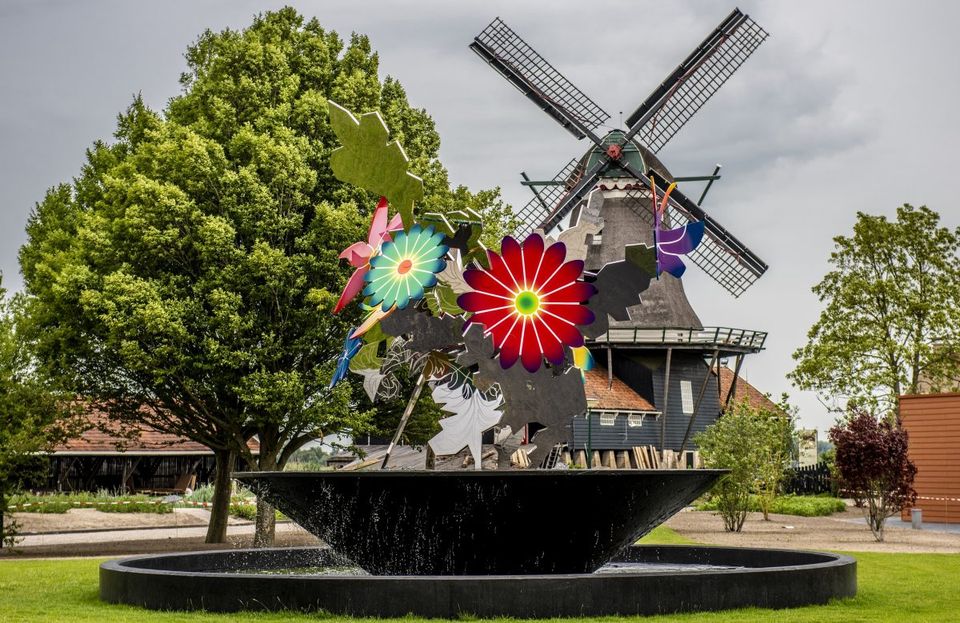Walking route 11fountains: IJlst
The fountains are in a sustainable winter break from November 1st until the first day of spring.
About the city walk
Those who enjoy culture that leans towards folklore should definitely pay a visit to the beautiful city of IJlst. This small town has several protected townscapes, unique waterside gardens along the canal and old mills that are still in use. It’s also a town that seems to dream of old crafts, is graced with beautiful stinzen (Frisian mansions), and is also known as the Wood City. During this 35-minute walk, we share all the ins and outs of this charming city.
Easy navigation?
View the route in Google Maps
About the fountain
According to artist Shinji O…
The fountains are in a sustainable winter break from November 1st until the first day of spring.
About the city walk
Those who enjoy culture that leans towards folklore should definitely pay a visit to the beautiful city of IJlst. This small town has several protected townscapes, unique waterside gardens along the canal and old mills that are still in use. It’s also a town that seems to dream of old crafts, is graced with beautiful stinzen (Frisian mansions), and is also known as the Wood City. During this 35-minute walk, we share all the ins and outs of this charming city.
Easy navigation?
View the route in Google Maps
About the fountain
According to artist Shinji Ohmaki, culture, like nature, is formed layer by layer. New generations continue to build on a large foundation which does not disappear. Such are also the origins of the city of IJlst. The old, largely wild stinzen plants are signs of that invisible foundation, and of mankind’s role in its development. The fountain ‘Immortal Flowers – Rikka’ connects flowering stinzen plants, as an element of Frisian nature, with Ikebana, an old form of Japanese flower arrangement. The fountain symbolises the eternal connection between man, culture and nature.
Sights on this route
11Fountains Ijlst
Culture, like nature, consists of layer upon layer. New generations continue to build on a foundation which does not disappear.

Houtzaagmolen de Rat
Visit wind powered sawmill ‘De Rat’ and step back in time three hundred years!
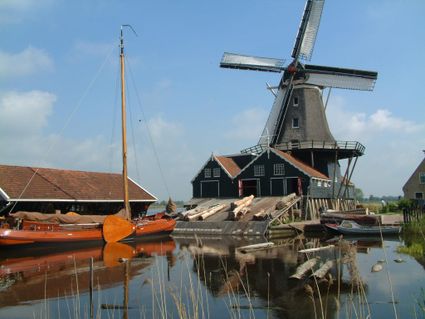
Museum en Werkplaats Houtstad IJlst
Experience the history of IJlst during an active visit to: Museum and workshop Houtstad IJlst. IJlst has been connected with wood for many centuries.
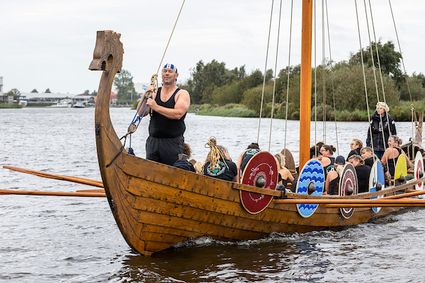
Waterside Gardens
Unique and characteristic to IJlst are the waterside gardens on each side of the Ee.
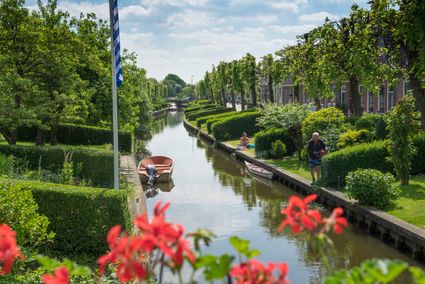
Nooitgedagt chimney
The silhouette of IJlst would not be the same without the old factory chimney, on which the letters of the Nooitgedagt name can be read from top to bottom.
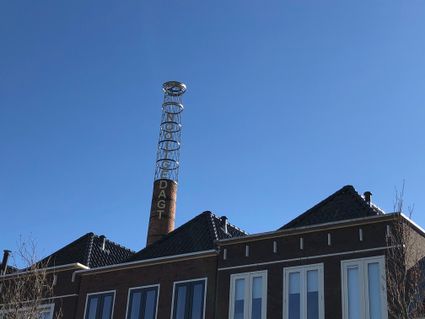
St Maurice Church in IJlst
The St Maurice church we see in IJlst today was designed by the architect J. Ankringa and built in 1830. The beautifully carved wooden pulpit made in 1672 was originally installed in the previous church on this site, as was the baptismal screen.
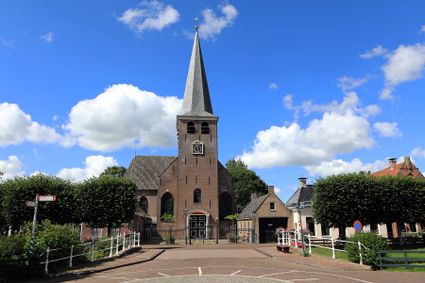
St Maurice Church in IJlst
St Maurice Church in IJlst
Nederlands Hervormde Kerk IJlst
Eegracht 43
8651 EG IJlst
Outdoor exhibition City and Shipping Panels
When walking around IJlst, there's never a dull moment. And what you certainly mustn't miss on your walking route, is the permanent outdoor exhibition known as Schepenfries (Shipping Panels).

Outdoor exhibition City and Shipping Panels
Outdoor exhibition City and Shipping Panels
De Dassenboarch
8651 BW IJlst
11Fountains Ijlst
Culture, like nature, consists of layer upon layer. New generations continue to build on a foundation which does not disappear.

Directions
11Fountains Ijlst
Culture, like nature, consists of layer upon layer. New generations continue to build on a foundation which does not disappear.

The route through IJlst starts at the colourful fountain that (in summer) sits in the middle of a flower field. A lovely touch, as the fountain itself is a black pot adorned with wild ‘stinzen’ flowers in beautiful colours, which partly literally reflect the city. Behind the fountain, you can see the sails of the three-hundred-year-old wind-powered sawmill De Rat, which is still in full operation. Visit the mill and see for yourself how the centuries-old sawmill craft is kept alive here. This sets the tone for the rest of the route, during which you will see the dream of craftsmen again and again.
Further along the water, you will find the modern Museum en Houtwerkplaats Houtstad IJlst, where you can learn about the wood industry and shipbuilding, which were important economic activities here. Continue the route, across the car park towards the Westergoaleane, where after a hundred meters you can follow a footpath along the water. At the end of the footpath, in the corner of the field, there is a small playground with an outdoor exhibition that tells about the history of IJlst. If you stay on the path, you will see the Fierljep club in front of you. Fierljeppen is a sport for real daredevils. Using a long pole, you ‘ljep’ (jump) over the water as far as possible. Luckily, there is also a small bridge, so that you can get easily to the other side to continue the route.
You are now on your way to the waterside gardens. Left and right from you, beautiful green gardens stretch out to the water, impressive old houses behind them. In the summer, the white rails of the canal bridges are adorned with flowers, which makes the view even more dreamy and picturesque. During the season, the gardens are used for events and markets. Now, cross over to the Mauritius church. Inside, this church is remarkably light and it has a beautiful organ from the 17th century.
Turn left before the church, to walk past the beautiful gardens and houses. Because the street is very narrow, traffic is one-way only and the end of the street is even completely car-free. Nice and quiet. At the last bridge, cross to the other side, and walk back via Galamagracht. At the intersection, you will find the old town hall of IJlst. A beautiful stately building, now a private residence.
At the end of Galamagracht, you will pass a few lovely 17th-century cottages. Further on, there is the Geeuwbrug bridge. In summer it’s always crowded here, because only twenty boats can pass through at a time.
Now walk back again. On your right, you will see the remains of the tower of wood factory Nooitgedagt. For decades, the factory was market leader in designing and making skates, children’s toys and especially tools. The factory was widely known for its wooden skates. Funny, because skates and wooden toys were actually only minor products of IJlst’s largest employer.
Follow the road again along the waterside gardens, the canal on your left this time. Cross the first bridge you come across, turn left, and turn right at the intersection. Cross the tall bridge past the car park, to return to the street where you started this route. Near the fountain, an inviting spot to relax is the terrace of café De Útherne. Here, you can also listen to the murmuring water of the fountain. All restaurants and cafés in IJlst can be found here.
11Fountains Ijlst
Culture, like nature, consists of layer upon layer. New generations continue to build on a foundation which does not disappear.

- 91
